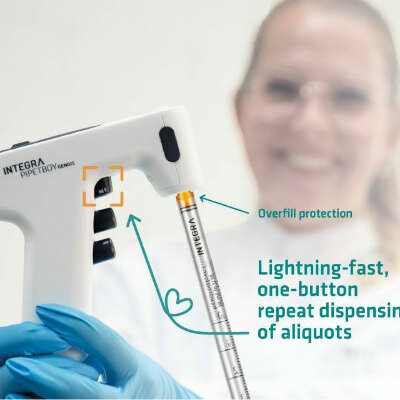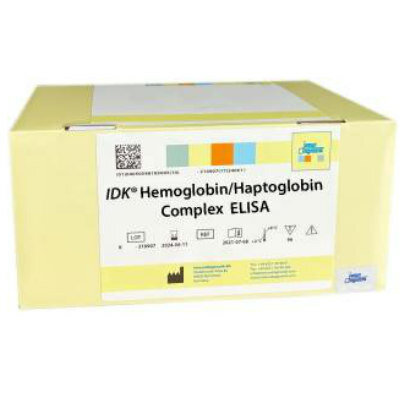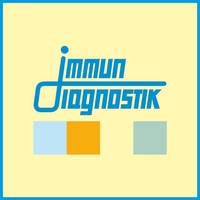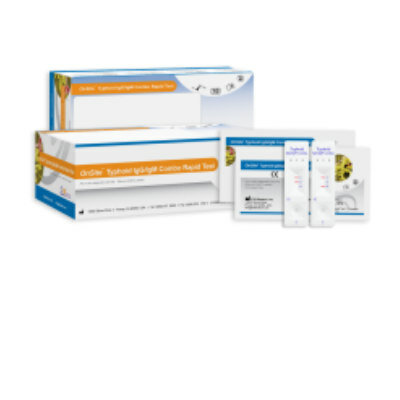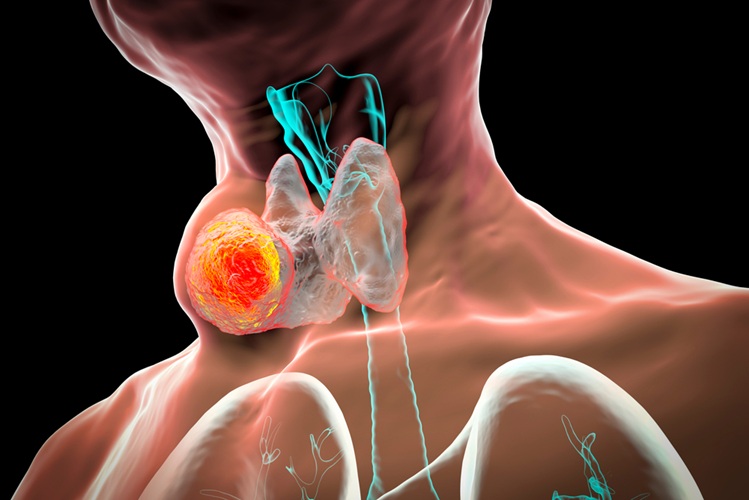NMR-Based Method Measures Circulating Blood Citrate Levels
|
By LabMedica International staff writers Posted on 31 Mar 2021 |
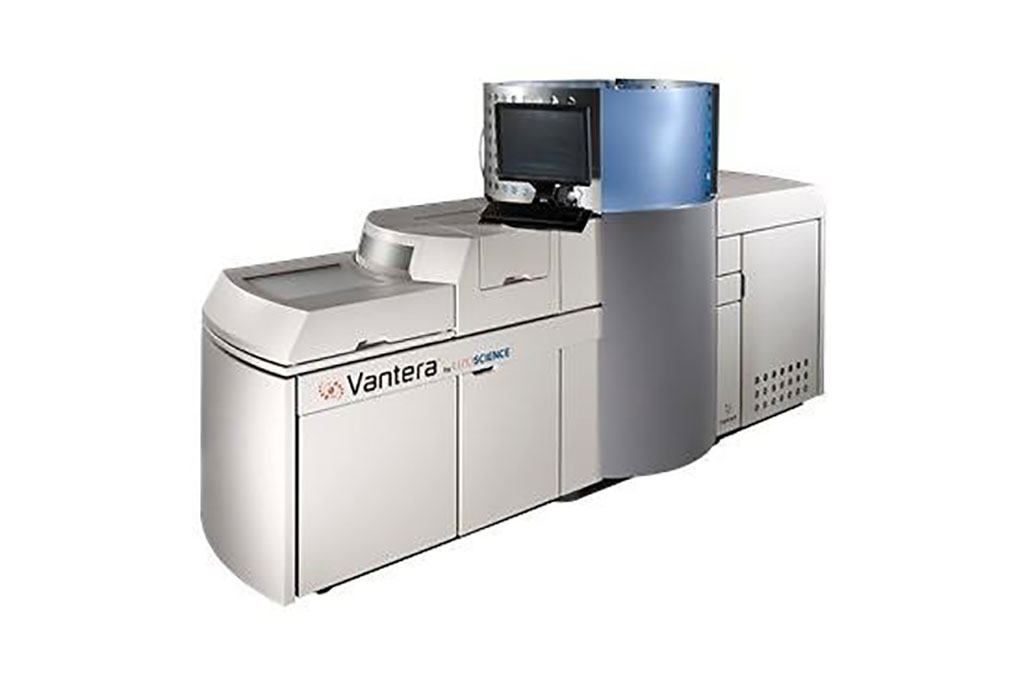
Image: The Vantera Clinical Analyzer based on nuclear magnetic resonance (Photo courtesy of Liposcience)
Recent studies show that citrate is involved in several biological processes such as inflammation, cancer, insulin secretion, acetylation of histones, neurological development and hydroxylglutaric aciduria, indicating that it has functions beyond energy regulation.
Citrate associations with glaucoma, non-alcoholic fatty liver disease (NAFLD), bone disease and mortality have been observed. Monitoring circulating citrate could potentially be a diagnostic tool. While at present, urinary citrate is commonly used as a risk factor in kidney stone formation, serum/plasma citrate is scarcely utilized for disease diagnosis or prognosis.
Laboratorians at the Laboratory Corporation of America Holdings (Labcorp, Morrisville, NC, USA) took blood samples from volunteers in Greiner tubes allowed to clot (30 minutes) in an upright position and centrifuged (3,000 rpm, 10-15 minutes) immediately after clotting. Samples collected into plain red-top tubes and BD Gel Barrier serum tube (Becton Dickinson and Company, Franklin Lakes, NJ, USA) were held upright (red-top tubes for 45 minutes; BD Gel Barrier tubes for 30 minutes) at room temperature to clot and were promptly centrifuged.
Sample preparation (i.e., 1:1 (v/v) dilution of serum or plasma with phosphate buffer) was performed automatically on the Vantera Clinical Analyzer (Liposcience, Raleigh, NC). One-dimensional 1H NMR spectra were collected on a 400 MHz spectrometers at 47 °C. WET was used to suppress the water signal. The total acquisition time for each spectrum was 48 seconds. The NMR instruments are calibrated using 15 mM trimethyl acetic acid as a calibrator and reference standard to verify instrument performance on a daily basis. A restricted region of the collected spectrum, where the four citrate resonances appear, was used for quantification. To determine if the assay has adequate sensitivity to measure clinically relevant concentrations of citrate, the assay was used to quantify citrate in 533 apparently healthy adults, and in the general population (n=133,567).
The team reported that the limit of quantification (LOQ) for the assay was determined to be 1.48 mg/dL. Linearity was demonstrated over a wide range of concentrations (1.40 to 4.46 mg/dL). Coefficients of variation (%CV) for intra- and inter-assay precision ranged from 5.8-9.3 and 5.2-9.6%, respectively. Substances tested did not elicit interference with assay results. Specimen type comparison revealed <1% bias between serum and plasma samples, except for heparin plasma (3% bias). Stability was demonstrated up to eight days at room temperature and longer at lower temperatures. In a cohort of apparently healthy adults, the reference interval was <1.48 to 2.97 mg/dL. Slightly higher values were observed in the general population.
The authors concluded that the newly developed NMR-based assay exhibits analytical characteristics that allow the accurate quantification of clinically relevant citrate concentrations. The assay provides a simple and fast means to analyze samples for clinical and other studies. The study was published on March 18, 2021 in the journal Practical Laboratory Medicine.
Related Links:
Laboratory Corporation of America Holdings
Becton Dickinson and Company
Liposcience
Citrate associations with glaucoma, non-alcoholic fatty liver disease (NAFLD), bone disease and mortality have been observed. Monitoring circulating citrate could potentially be a diagnostic tool. While at present, urinary citrate is commonly used as a risk factor in kidney stone formation, serum/plasma citrate is scarcely utilized for disease diagnosis or prognosis.
Laboratorians at the Laboratory Corporation of America Holdings (Labcorp, Morrisville, NC, USA) took blood samples from volunteers in Greiner tubes allowed to clot (30 minutes) in an upright position and centrifuged (3,000 rpm, 10-15 minutes) immediately after clotting. Samples collected into plain red-top tubes and BD Gel Barrier serum tube (Becton Dickinson and Company, Franklin Lakes, NJ, USA) were held upright (red-top tubes for 45 minutes; BD Gel Barrier tubes for 30 minutes) at room temperature to clot and were promptly centrifuged.
Sample preparation (i.e., 1:1 (v/v) dilution of serum or plasma with phosphate buffer) was performed automatically on the Vantera Clinical Analyzer (Liposcience, Raleigh, NC). One-dimensional 1H NMR spectra were collected on a 400 MHz spectrometers at 47 °C. WET was used to suppress the water signal. The total acquisition time for each spectrum was 48 seconds. The NMR instruments are calibrated using 15 mM trimethyl acetic acid as a calibrator and reference standard to verify instrument performance on a daily basis. A restricted region of the collected spectrum, where the four citrate resonances appear, was used for quantification. To determine if the assay has adequate sensitivity to measure clinically relevant concentrations of citrate, the assay was used to quantify citrate in 533 apparently healthy adults, and in the general population (n=133,567).
The team reported that the limit of quantification (LOQ) for the assay was determined to be 1.48 mg/dL. Linearity was demonstrated over a wide range of concentrations (1.40 to 4.46 mg/dL). Coefficients of variation (%CV) for intra- and inter-assay precision ranged from 5.8-9.3 and 5.2-9.6%, respectively. Substances tested did not elicit interference with assay results. Specimen type comparison revealed <1% bias between serum and plasma samples, except for heparin plasma (3% bias). Stability was demonstrated up to eight days at room temperature and longer at lower temperatures. In a cohort of apparently healthy adults, the reference interval was <1.48 to 2.97 mg/dL. Slightly higher values were observed in the general population.
The authors concluded that the newly developed NMR-based assay exhibits analytical characteristics that allow the accurate quantification of clinically relevant citrate concentrations. The assay provides a simple and fast means to analyze samples for clinical and other studies. The study was published on March 18, 2021 in the journal Practical Laboratory Medicine.
Related Links:
Laboratory Corporation of America Holdings
Becton Dickinson and Company
Liposcience
Latest Clinical Chem. News
- Mass Spectrometry-Based Monitoring Technique to Predict and Identify Early Myeloma Relapse
- ‘Brilliantly Luminous’ Nanoscale Chemical Tool to Improve Disease Detection
- Low-Cost Portable Screening Test to Transform Kidney Disease Detection
- New Method Uses Pulsed Infrared Light to Find Cancer's 'Fingerprints' In Blood Plasma
- Carbon Nanotubes Help Build Highly Accurate Sensors for Continuous Health Monitoring
- Paper-Based Device Boosts HIV Test Accuracy from Dried Blood Samples
- AI-Powered Raman Spectroscopy Method Enables Rapid Drug Detection in Blood
- Novel LC-MS/MS Assay Detects Low Creatinine in Sweat and Saliva
- Biosensing Technology Breakthrough Paves Way for New Methods of Early Disease Detection
- New Saliva Test Rapidly Identifies Paracetamol Overdose
- POC Saliva Testing Device Predicts Heart Failure in 15 Minutes

- Screening Tool Detects Multiple Health Conditions from Single Blood Drop
- Integrated Chemistry and Immunoassay Analyzer with Extensive Assay Menu Offers Flexibility, Scalability and Data Commutability
- Rapid Drug Test to Improve Treatment for Patients Presenting to Hospital
- AI Model Detects Cancer at Lightning Speed through Sugar Analyses
- First-Ever Blood-Powered Chip Offers Real-Time Health Monitoring
Channels
Clinical Chemistry
view channel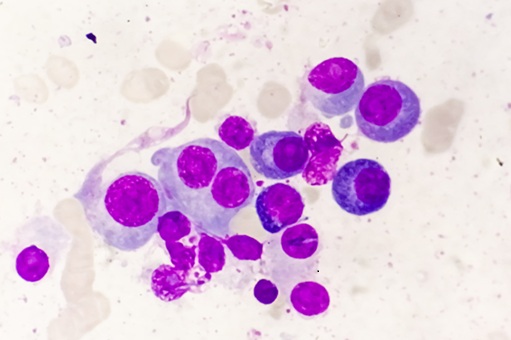
Mass Spectrometry-Based Monitoring Technique to Predict and Identify Early Myeloma Relapse
Myeloma, a type of cancer that affects the bone marrow, is currently incurable, though many patients can live for over 10 years after diagnosis. However, around 1 in 5 individuals with myeloma have a high-risk... Read more
‘Brilliantly Luminous’ Nanoscale Chemical Tool to Improve Disease Detection
Thousands of commercially available glowing molecules known as fluorophores are commonly used in medical imaging, disease detection, biomarker tagging, and chemical analysis. They are also integral in... Read more
Low-Cost Portable Screening Test to Transform Kidney Disease Detection
Millions of individuals suffer from kidney disease, which often remains undiagnosed until it has reached a critical stage. This silent epidemic not only diminishes the quality of life for those affected... Read more
New Method Uses Pulsed Infrared Light to Find Cancer's 'Fingerprints' In Blood Plasma
Cancer diagnoses have traditionally relied on invasive or time-consuming procedures like tissue biopsies. Now, new research published in ACS Central Science introduces a method that utilizes pulsed infrared... Read moreMolecular Diagnostics
view channel
Genetic-Based Tool Predicts Survival Outcomes of Pancreatic Cancer Patients
A tumor marker is a substance found in the body that may signal the presence of cancer. These substances, which can include proteins, genes, molecules, or other biological compounds, are either produced... Read more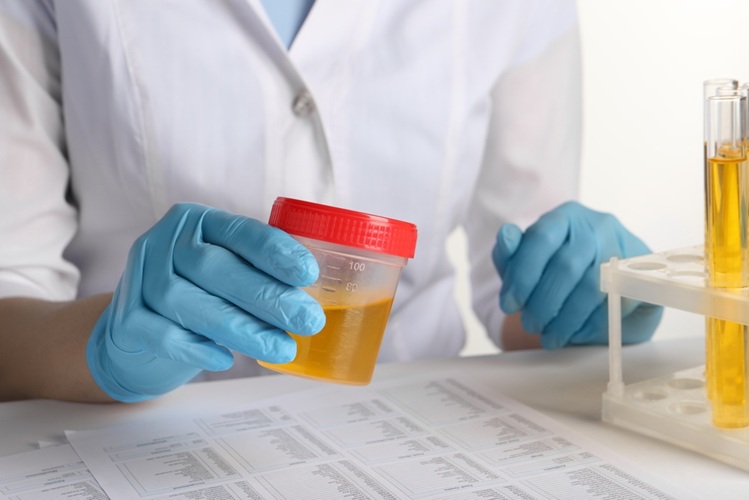
Urine Test Diagnoses Early-Stage Prostate Cancer
Prostate cancer is one of the leading causes of death among men worldwide. A major challenge in diagnosing the disease is the absence of reliable biomarkers that can detect early-stage tumors.... Read moreHematology
view channel
New Scoring System Predicts Risk of Developing Cancer from Common Blood Disorder
Clonal cytopenia of undetermined significance (CCUS) is a blood disorder commonly found in older adults, characterized by mutations in blood cells and a low blood count, but without any obvious cause or... Read more
Non-Invasive Prenatal Test for Fetal RhD Status Demonstrates 100% Accuracy
In the United States, approximately 15% of pregnant individuals are RhD-negative. However, in about 40% of these cases, the fetus is also RhD-negative, making the administration of RhoGAM unnecessary.... Read moreImmunology
view channel
Stem Cell Test Predicts Treatment Outcome for Patients with Platinum-Resistant Ovarian Cancer
Epithelial ovarian cancer frequently responds to chemotherapy initially, but eventually, the tumor develops resistance to the therapy, leading to regrowth. This resistance is partially due to the activation... Read more
Machine Learning-Enabled Blood Test Predicts Immunotherapy Response in Lymphoma Patients
Chimeric antigen receptor (CAR) T-cell therapy has emerged as one of the most promising recent developments in the treatment of blood cancers. However, over half of non-Hodgkin lymphoma (NHL) patients... Read moreMicrobiology
view channel
New Test Diagnoses Bacterial Meningitis Quickly and Accurately
Bacterial meningitis is a potentially fatal condition, with one in six patients dying and half of the survivors experiencing lasting symptoms. Therefore, rapid diagnosis and treatment are critical.... Read more
Handheld Device Delivers Low-Cost TB Results in Less Than One Hour
Tuberculosis (TB) remains the deadliest infectious disease globally, affecting an estimated 10 million people annually. In 2021, about 4.2 million TB cases went undiagnosed or unreported, mainly due to... Read more
New AI-Based Method Improves Diagnosis of Drug-Resistant Infections
Drug-resistant infections, particularly those caused by deadly bacteria like tuberculosis and staphylococcus, are rapidly emerging as a global health emergency. These infections are more difficult to treat,... Read more
Breakthrough Diagnostic Technology Identifies Bacterial Infections with Almost 100% Accuracy within Three Hours
Rapid and precise identification of pathogenic microbes in patient samples is essential for the effective treatment of acute infectious diseases, such as sepsis. The fluorescence in situ hybridization... Read morePathology
view channel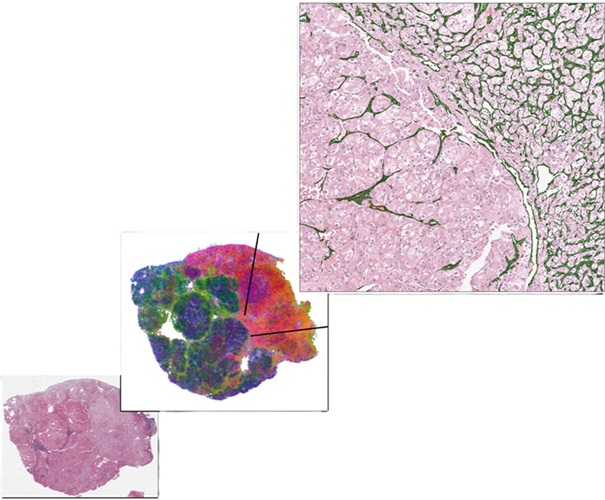
AI-Based Model Predicts Kidney Cancer Therapy Response
Each year, nearly 435,000 individuals are diagnosed with clear cell renal cell carcinoma (ccRCC), making it the most prevalent subtype of kidney cancer. When the disease spreads, anti-angiogenic therapies... Read more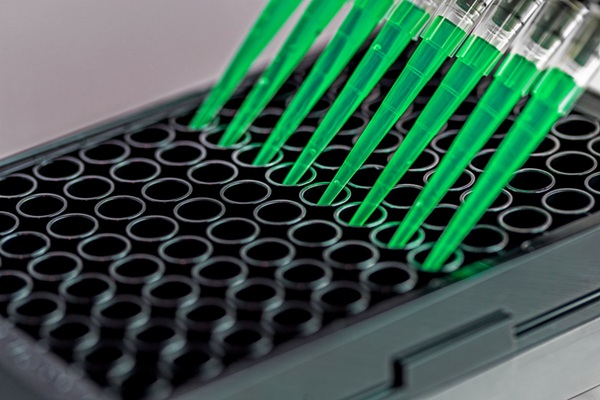
Sensitive and Specific DUB Enzyme Assay Kits Require Minimal Setup Without Substrate Preparation
Ubiquitination and deubiquitination are two important physiological processes in the ubiquitin-proteasome system, responsible for protein degradation in cells. Deubiquitinating (DUB) enzymes contain around... Read moreIndustry
view channel
Cepheid and Oxford Nanopore Technologies Partner on Advancing Automated Sequencing-Based Solutions
Cepheid (Sunnyvale, CA, USA), a leading molecular diagnostics company, and Oxford Nanopore Technologies (Oxford, UK), the company behind a new generation of sequencing-based molecular analysis technologies,... Read more
Grifols and Tecan’s IBL Collaborate on Advanced Biomarker Panels
Grifols (Barcelona, Spain), one of the world’s leading producers of plasma-derived medicines and innovative diagnostic solutions, is expanding its offer in clinical diagnostics through a strategic partnership... Read more




